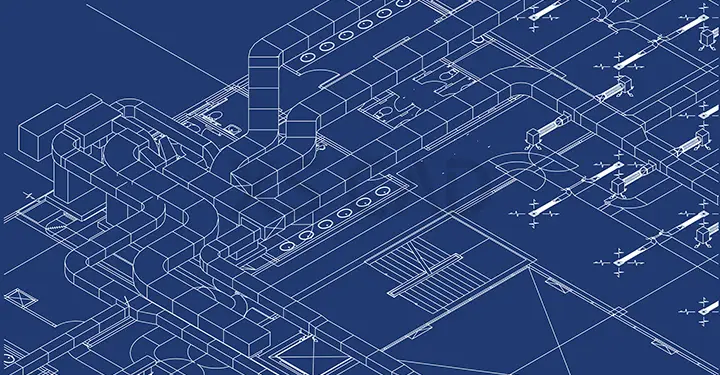Our Articles

How Important Is Energy Modelling for Performance Estimates?
Let’s go green, not with envy but with energy efficiency, an important measurable factor of sustainability in today’s world. To gauge energy performance in a building accurately and to ensure that new builds will be as energy efficient as possible, it may be necessary for building services design consultants to obtain a more sophisticated and complex set of energy assessments than previously collated.
Did you know that energy costs typically account for 30 percent of a building’s operating budget? Estimating the amount of energy a building will use before it is built through energy modelling and performance estimates is an effective solution to manage a building’s potential energy costs.
So, What Is Energy Modelling?
Using sophisticated software and complex methods, energy modelling can predict actual energy performance. Assessors can more thoroughly comprehend how a building retains heat or regulates air quality using various parameters, elaborate calculations – such as a method called SBEM (Simplified Building Energy Model) and simulation programming. They can also use accurate sustainability design to help fulfil green building requirements.

Typically, assessments tend to primarily establish the thermal performance of building fabric. There is little emphasis on assessing condensation risk. Energy modelling considers every relevant factor, including assessing condensation risk and building functionality. For example, the purpose of commercial buildings may change over time, and landlords who invest in a full energy modelling survey to assess energy performance can improve property values. In addition, energy modelling should also be carried out when the property’s nature changes, since in most cases, new owners may not consider thermal performance or the kind of usage their building fabric has been designed for.
Energy models are created to:
What Developers Should Consider
Integrating energy modelling into the development process will result in safeguarding occupants from exorbitant energy bills, as projected energy performance is accurate. Ideally:
Benefits of Energy Modelling
5 Key Guidelines for Energy Modelling
Performance Estimates
Accurate energy models impact the accuracy of performance estimates. The following best practices contribute to precise performance estimates:
To know more about energy modelling . . .
It is evident that performance estimates and energy modelling are critical for building design and require the expertise of advanced 3D CAD design services or BIM services from design support partners who are also knowledgeable in heat load calculations, thermal load calculations and CFD simulation services.
XS CAD has valuable experience providing sustainability design and MEP BIM for sustainable construction for general contractors and design consultants. Our range of services for building services design consultants and contractors across the world include HVAC heat load calculation, thermal load calculation, CFD simulation services and other 3D CAD design services, and we offer retained teams when required. We create these models, and drawings by using Revit, AutoCAD and BIM 360 Design for cloud collaboration.

